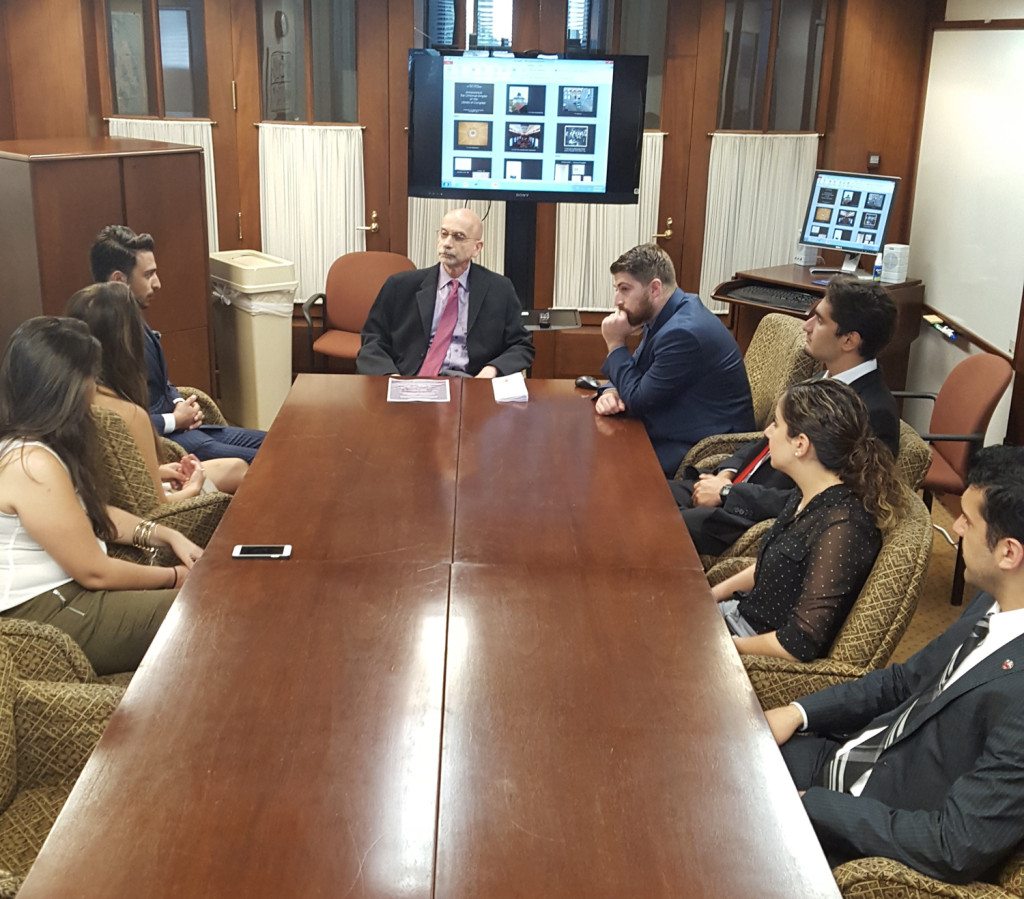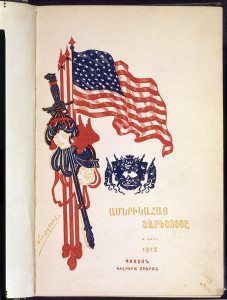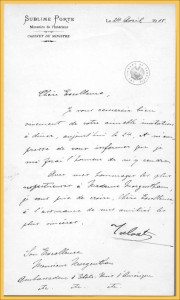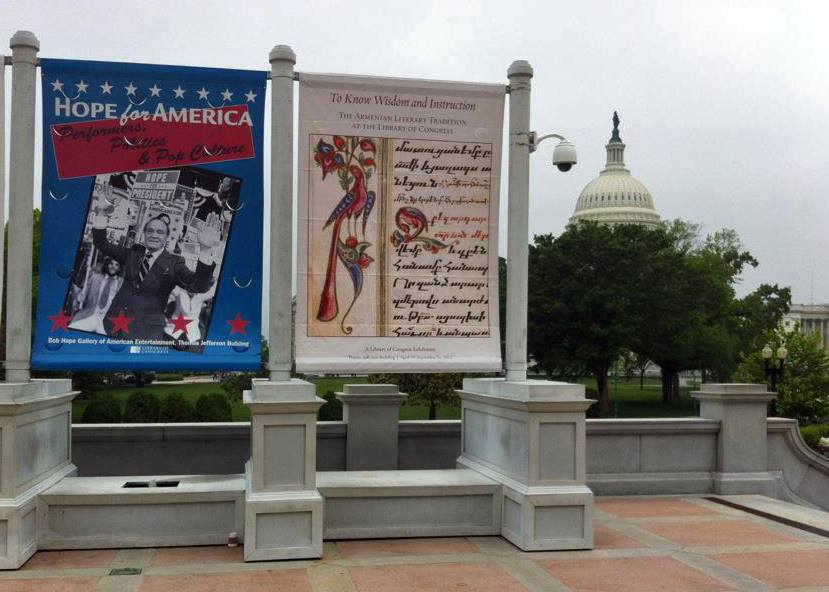By Dickran Khodanian
Entering the ANCA Leo Sarkisian Internship with a bachelor’s degree in history and a minor in Armenian studies, I was not sure what to expect. Most of the interns coming into the internship major in political science and are interested in foreign affairs and law. But, I decided to take on this internship in order to become a better activist in my local community back home. As a youth leader in the Armenian Youth Federation (AYF) and university Armenian Students’ Association (ASA), I’ve taken on tasks and created opportunities in the hopes of making a real difference for our nation, both inside and outside of Armenia. This was an opportunity to take it to the next level.

As I was looking over our weekly schedule, it included meetings with members of Congress, ambassadors, and Armenian community leaders. Everyone on the schedule was very impressive and I could not wait to get a chance to chat with these folks defining U.S. or their country’s policies. But there was one item on the agenda that seemed different than the rest, and I was hoping it would prove to be impactful in my journey throughout this internship.

This item was our visit to the Library of Congress, the world’s largest library and the official research library to the United States Congress. As someone who’s spent a lot of time in books and research, this seemed like an ideal place to visit during my summer in D.C. There we met Dr. Levon Avdoyan, who is the Armenian and Georgian area specialist under the Near East Section of the African and Middle Eastern Division of the Library of Congress. Avdoyan has three master’s degrees from Columbia University and received his Ph.D. from Columbia in ancient and Armenian history. He has gone to Armenia several times for research purposes and has devoted a lot of time to researching ancient Armenian history.
As a history major who wants to pursue his Ph.D. in Armenian studies, my visit to the Library of Congress was nothing short of momentous. You may think I’m exaggerating, but consider this: First, the Library is built on the vast personal collection of Thomas Jefferson, which he shared with Congress in the early 1800’s. You feel the majesty and the history immediately as you walk into the sacred halls. And then, as you enter the African and Middle East Section of books, you are greeted with a big, blue book titled, Armenia: A Historical Atlas, showcasing the intersection of our own heritage with this library’s vast holdings.

Avdoyan shared with us a snapshot of the comprehensive collection of Armenian materials in all formats, including manuscripts, books, newspapers, electronic media, serials, and more. The diversity of the holdings is amazing: the 1859 Armenian publication of the Manchester Cotton Supply’s Association’s The Cultivation of Cotton in New Orleans, translated by Nerses Khosrov Tatean, a French Armenian committed to advancing agricultural productivity in the Western Armenian Homeland. A 1912 yearbook, published in Boston by the Kilikia Press, documenting Armenian-American development in the U.S. An April 24, 1915 memo from Ottoman Turkey’s interior minister and Armenian Genocide mastermind Talaat Pasha to U.S. Ambassador Morgenthau accepting an invitation to dine together on that fateful day.
Many of these items were shared with the world as part of the Library of Congress exhibition titled, “‘To Know Wisdom and Instruction’: The Armenian Literary Tradition at the Library of Congress,” a glorious presentation commemorating the 500th anniversary of the first Armenian printing press and book at Venice in 1512 and the designation of Yerevan, Armenia, as UNESCO’s Book Capital of the World in 2012. An online version of the exhibition is available at www.loc.gov/exhibits/armenian-literary-tradition/exhibition-items.html.
Avdoyan’s presentation was a goldmine of information—an inspiration for any history buff or serious student choosing history as their area of study. Instantaneously, Avdoyan emerged as a true role model. With his meticulous research, his commitment to Armenian historiography, and his effort to share it all at one of the greatest libraries of the world, he serves as a shining example of what can be accomplished with hard work and dedication.

Armenian youth across the world—in the homeland and in our different diasporan communities—each have a role to play in our common struggle, our “baykar.” Whether it is in politics, in business, in the medical field, or in education, we are all soldiers in advancing our Cause. Preserving and sharing our rich culture through my studies and my writing will be my small contribution to this broader effort. The ANCA Leo Sarkisian Internship, in general, and my experience at the Library of Congress, in particular, have been a wonderful window into the world of opportunities available as I move forward in my quest.

Dickran Khodanian is a 2015ANCA Leo Sarkisian Intern. He as in the Class of May 2015 at California State University, Northridge.



I was lucky enough to visit the “‘To Know Wisdom and Instruction’: The Armenian Literary Tradition at the Library of Congress” exhibit at the Library of Congress with my fellow interns participating in the ARF-sponsored internship at Armenia’s Permanent Mission at the UN. Awesome exhibit!
Thank you for enriching our minds with knowledge.
My mind had a flight and visited the library of congress, and learned a new thing.
Go to any public library in the USA and type in a search for books on the “Armenian Genocide” and get a response back, per the Library of Congress, saying we refer to it as “Armenian Massacres”. That is the garbage that is deeply embedded in our US system for the benefit of the Zionist, Neocons and their Turkish masters. When I confronted the Library of Congress a few years ago they said that is their policy. They are political hacks, nothing more. Lets be clear.